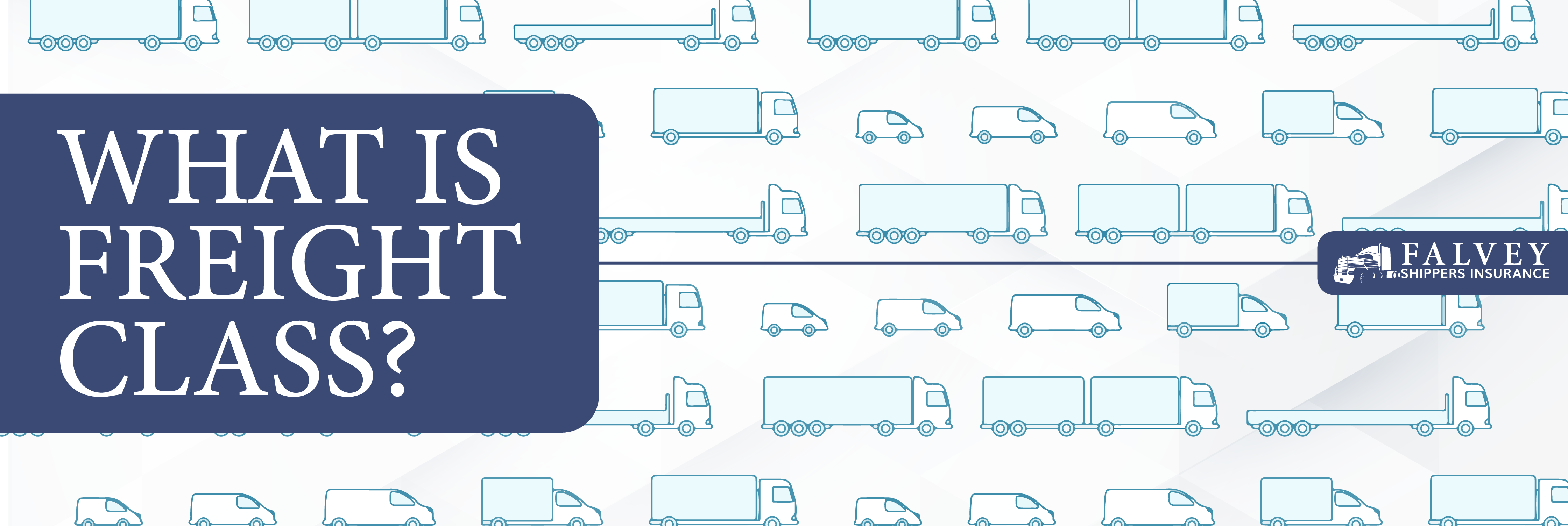Shippers and carriers use freight class to determine standard shipping rates for specific kinds of cargo. Cargo pieces have different transportation characteristics, such as size and liability, which can affect their shipping rates. Because not all products are the same, it’s important to price each load of cargo accordingly.
Before diving into freight class, though, we must first understand less-than-truckload (LTL), which refers to when a business only uses a portion of the truckload space rather than filling an entire truck-load (TL). Taking advantage of LTL allows businesses to save money on their shipping costs by not paying for unnecessary space.
The Purpose of Freight Class
Developed by the National Motor Freight Traffic Association, the National Motor Freight Classification (NMPC), or freight class, provides a system for evaluating and pricing products that share cargo space with other products. Because products will differ in their weight, liability, and ease of handling, freight class offers a way to determine their transportability and calculate their associated shipping rates and fees.
Freight Class Characteristics
To calculate a product’s transportability, freight class assesses these four elements:
- Liability: This refers to the likelihood of the freight being stolen or damaged. It also takes into account whether the freight may damage other cargo within close proximity. Is the freight flammable, combustible, or perishable? The higher the liability, the higher the associated costs.
- Ease of Handling: Does the freight require special care when loading or unloading? While machines usually have no problem transporting freight, it may incur higher fees if the cargo is especially awkward, heavy, hazardous, or fragile.
- Stowability: This determines how difficult it is to store the freight. For example, some government regulations may prohibit certain freight, such as hazardous materials, from being stored with other products. Meanwhile, cargo that is exceptionally large or heavy may not store well with other cargo. If the freight requires special storage instructions, it may cost more to ship.
- Density: This metric considers the amount of space the freight takes up in relation to its weight. The freight classes range from products weighing less than one pound per cubic feet to those weighing more than 50 pounds per cubic feet.
Freight Classes
The above factors determine which class the cargo belongs to. There are 18 classifications, ranging from the lowest, class 55, to the highest, class 500. The lower the density, the higher the class. For example, gold dust would fall in the highest class, 500, while something much denser, like steel roots, would fall in the lowest class of 50.
Here is the complete chart of freight classes:
|
CLASS NAME |
COST |
NOTES, EXAMPLES |
WEIGHT RANGE PER CUBIC FOOT |
|
Class 50 – Clean Freight |
Lowest Cost |
Fits on standard shrink-wrapped 4X4 pallet, very durable |
over 50 lbs |
|
Class 55 |
Bricks, cement, mortar, hardwood flooring |
35-50 pounds |
|
|
Class 60 |
Car accessories & car parts |
30-35 pounds |
|
|
Class 65 |
Car accessories & car parts, bottled beverages, books in boxes |
22.5-30 pounds |
|
|
Class 70 |
Car accessories & car parts, food items, automobile engines |
15 to 22.5 pounds |
|
|
Class 77.5 |
Tires, bathroom fixtures |
13.5 to 15 pounds |
|
|
Class 85 |
Crated machinery, cast iron stoves |
12-13.5 pounds |
|
|
Class 92.5 |
Computers, monitors, refrigerators |
10.5-12 pounds |
|
|
Class 100 |
boat covers, car covers, canvas, wine cases, caskets |
9-10.5 pounds |
|
|
Class 110 |
cabinets, framed artwork, table saw |
8-9 pounds |
|
|
Class 125 |
Small Household appliances |
7-8 pounds |
|
|
Class 150 |
Auto sheet metal parts, bookcases, |
6-7 pounds |
|
|
Class 175 |
Clothing, couches stuffed furniture |
5-6 pounds |
|
|
Class 200 |
Auto sheet metal parts, aircraft parts, aluminum table, packaged mattresses, |
4-5 pounds |
|
|
Class 250 |
Bamboo furniture, mattress and box spring, plasma TV |
3-4 pounds |
|
|
Class 300 |
wood cabinets, tables, chairs setup, model boats |
2-3 pounds |
|
|
Class 400 |
Deer antlers |
1-2 pounds |
|
|
Class 500 – Low Density or High Value |
Highest Cost |
Bags of gold dust, ping pong balls |
Less than 1 lbs. |
(Source: PluginHive)
Freight Class & Carrier’s Liability
Freight class helps determine shipping rates and fees, which then plays into how much you’ll pay to insure your shipment. For LTL shipments, freight class, packaging, commodity type, and other conditions are factored in to determine the liability coverage. In other words, while it’s not the only consideration, freight class is often a leading indicator of what type of coverage your shipment requires.
Many businesses rely solely on carrier’s liability insurance, which is generally established on a dollars per pound basis. But by its nature, carrier’s liability is limited and rarely covers the full value of your shipment. In fact, there’s a big difference between carrier’s liability and all-risk insurance.
For full protection, it’s important to invest in door-to-door shipping insurance. To learn about your options and how you can get customized coverage for your business, check out Falvey Shippers.
